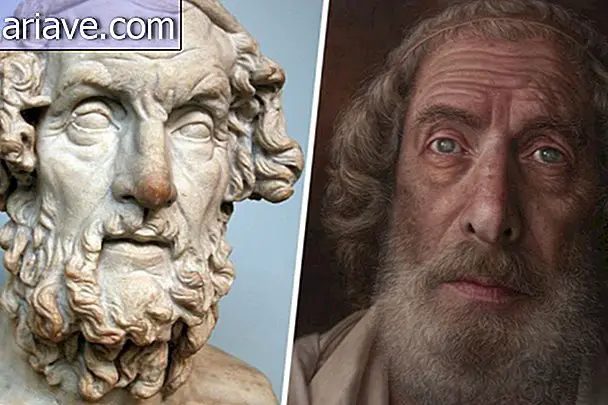Are skulls discovered in Peru from creatures unknown to science?
The discovery of weirdly shaped skulls is nothing new. So much so that in 2012, a total of 25 bones with elongated heads were found by archaeologists in the Sonora region of Mexico. However, the results of the 3, 000-year-old DNA tests found in Paracas, Peru, are giving the talk.
Paracas' skeletons - over 300 - were discovered in the 1920s and soon became famous thanks to their elongated deformed skulls, being among the largest and heaviest ever discovered in the world. So far, nothing unheard of. However, the controversy came after Brien Foerster of the Paracas Museum revealed that a DNA analysis indicated that the specimens may not belong to humans but to a creature unknown to science.
Unprecedented mutations

According to Foerster, the geneticist who performed the tests - whose identity was not revealed - found that the samples contain mitochondrial DNA (the one that is passed by the mother and does not undergo recombination) with genetic mutations that had never been identified in humans, primates or humans. any other known animal.
Preliminary results from the Paracas samples were compared to the information available on GenBank - a major publicly accessible DNA sequence database that contains all known genetic information in the world - and the mutations would be unlike any other. already cataloged.
The anonymous scientist would also have claimed that from the sequencing done so far, the genetic material would belong to a human-looking creature, but far removed from Homo sapiens, the Neanderthals, and the Denisovans. The geneticist would also have said that he was not even sure how this being would fit the evolutionary map we know.
Speculation

According to Foerster, the geneticist in charge of the tests also provides services to the US government and intends to go public as soon as the Paracas skull theory is proven. However, it is important to consider that, besides the scientist being unknown, the tests reflect the analysis of only one sample, and no one has yet seen any document or scientific study of the results, even if preliminary.
In addition, the way such important information has been made public - through social media rather than through scientific publications - undermines the credibility of the news, not to mention that no university or foundation appears to be involved in the study. So while discovery has the potential to be incredible and have a huge impact on science, it may all be a mistake. And you, reader, what do you think?











